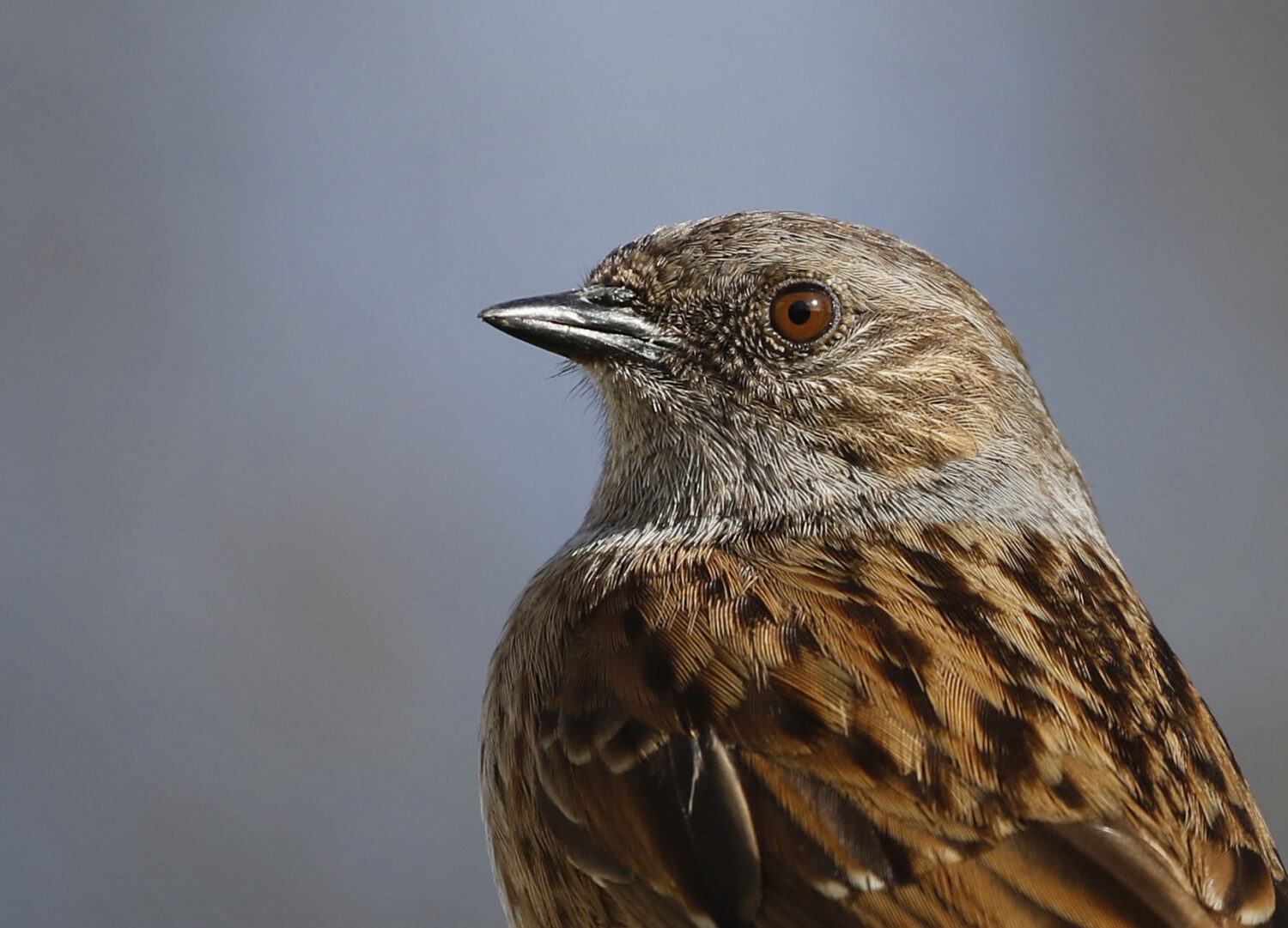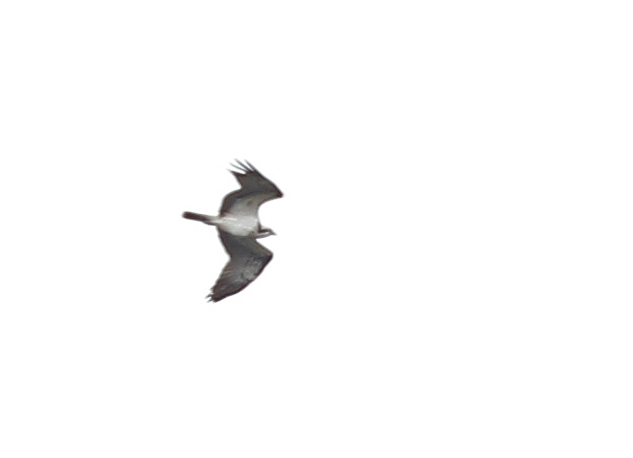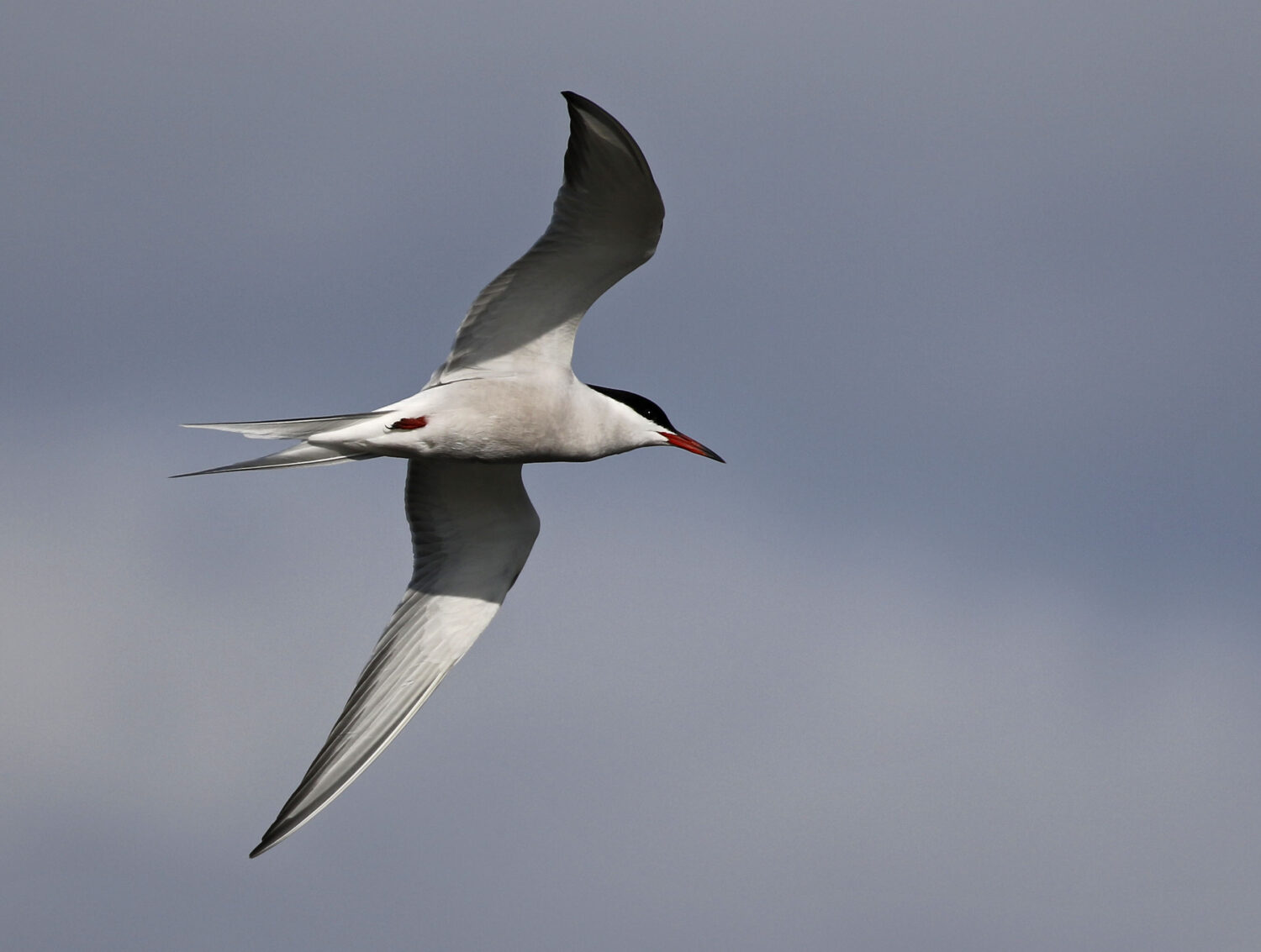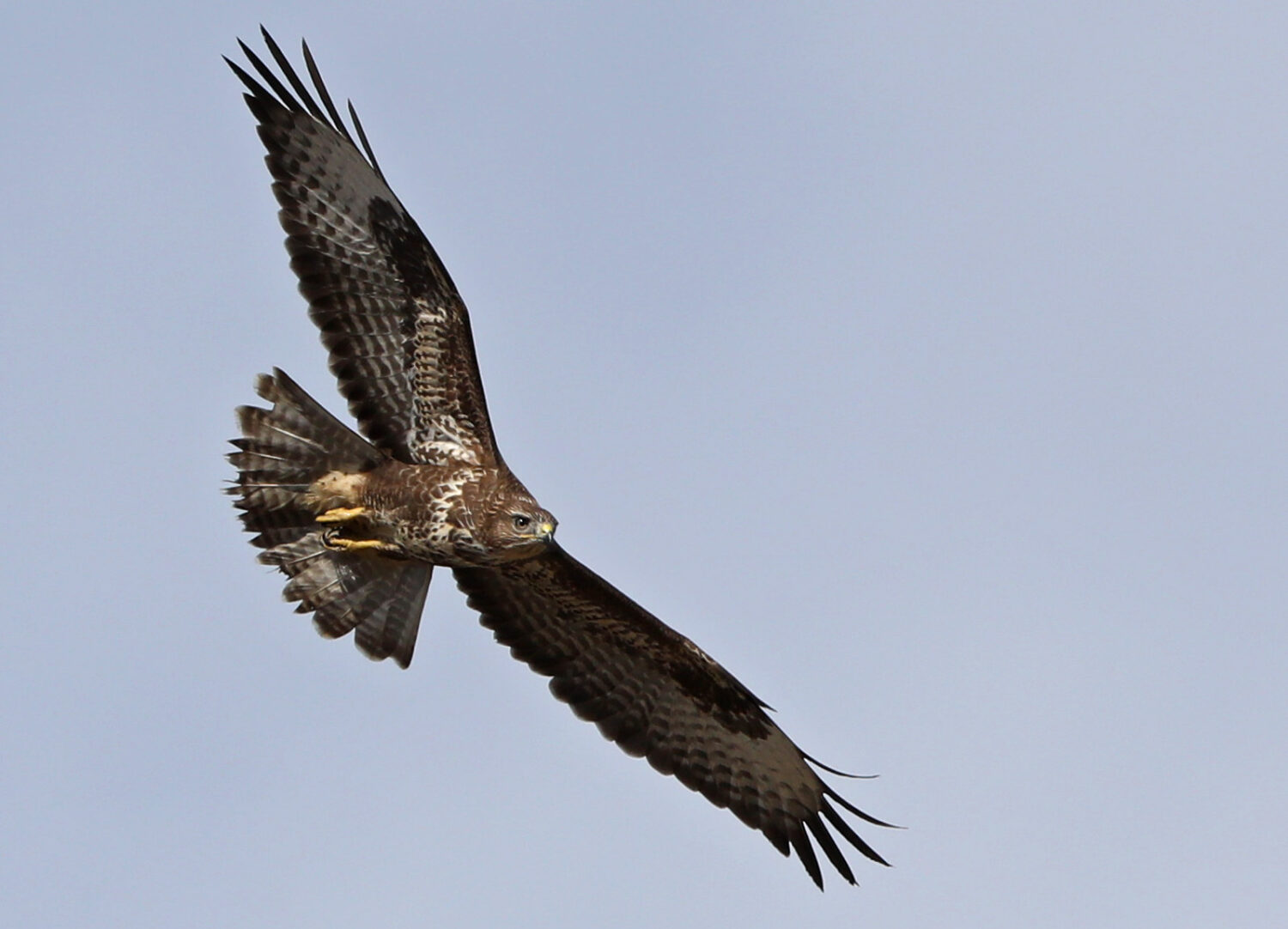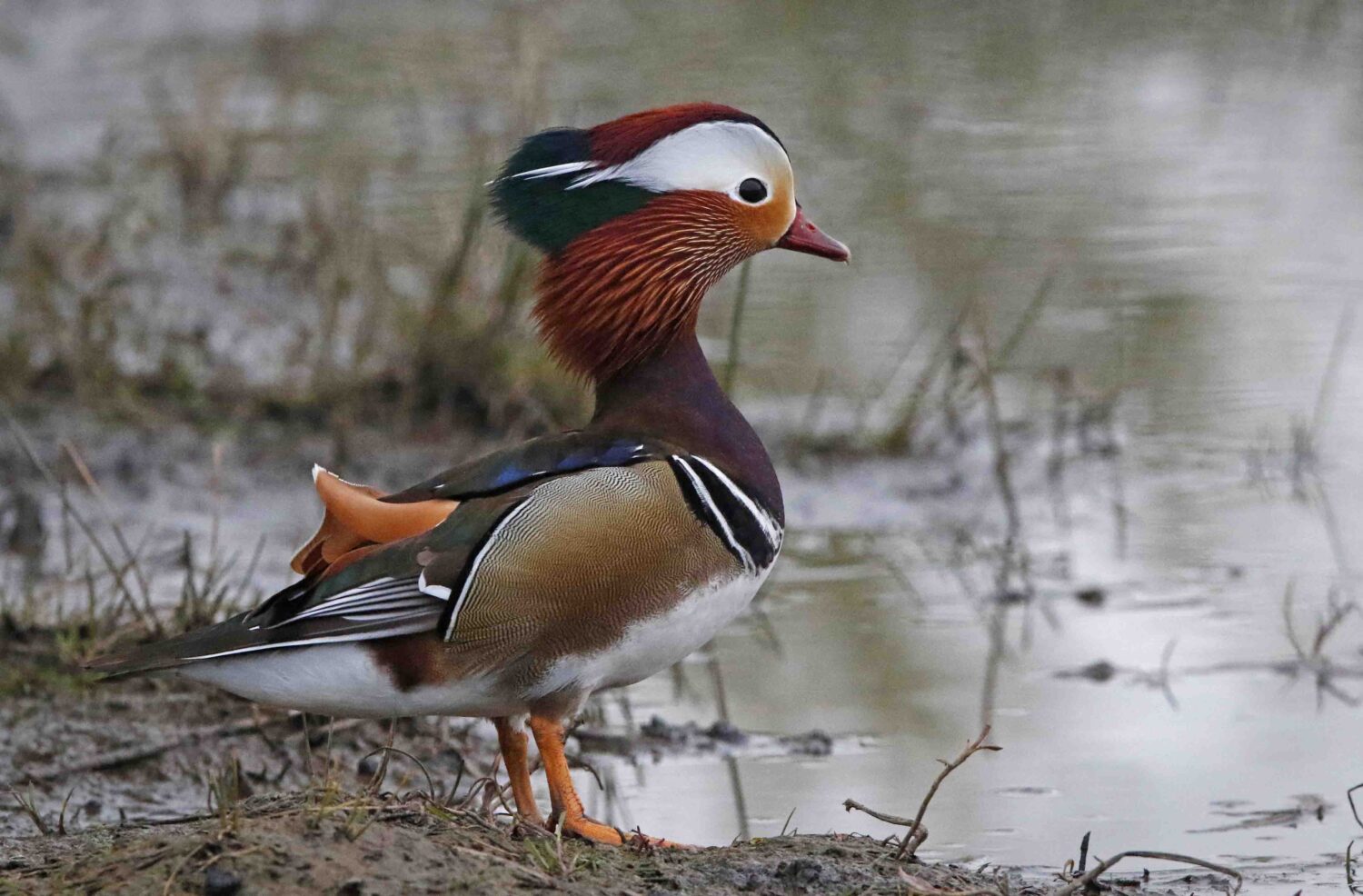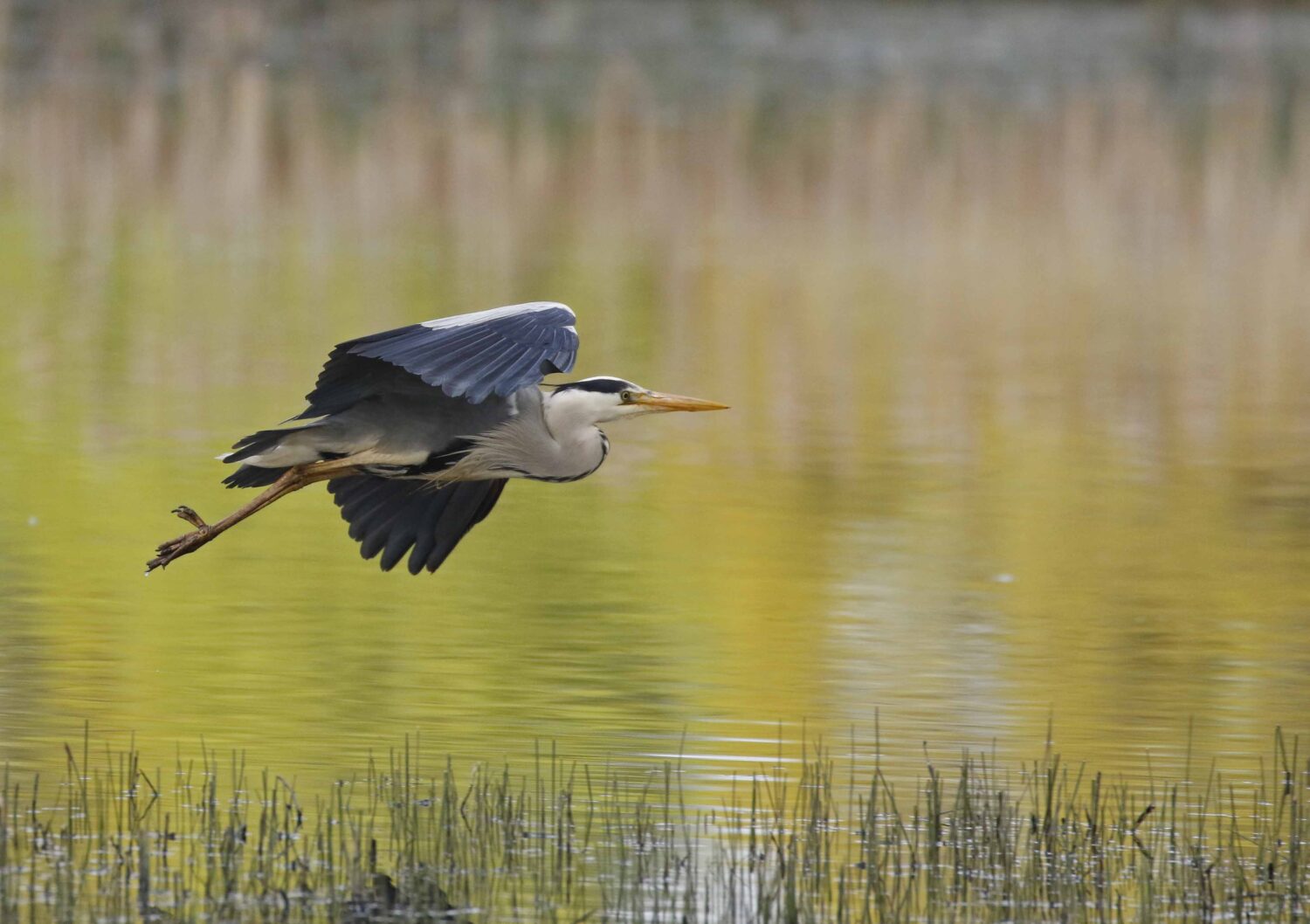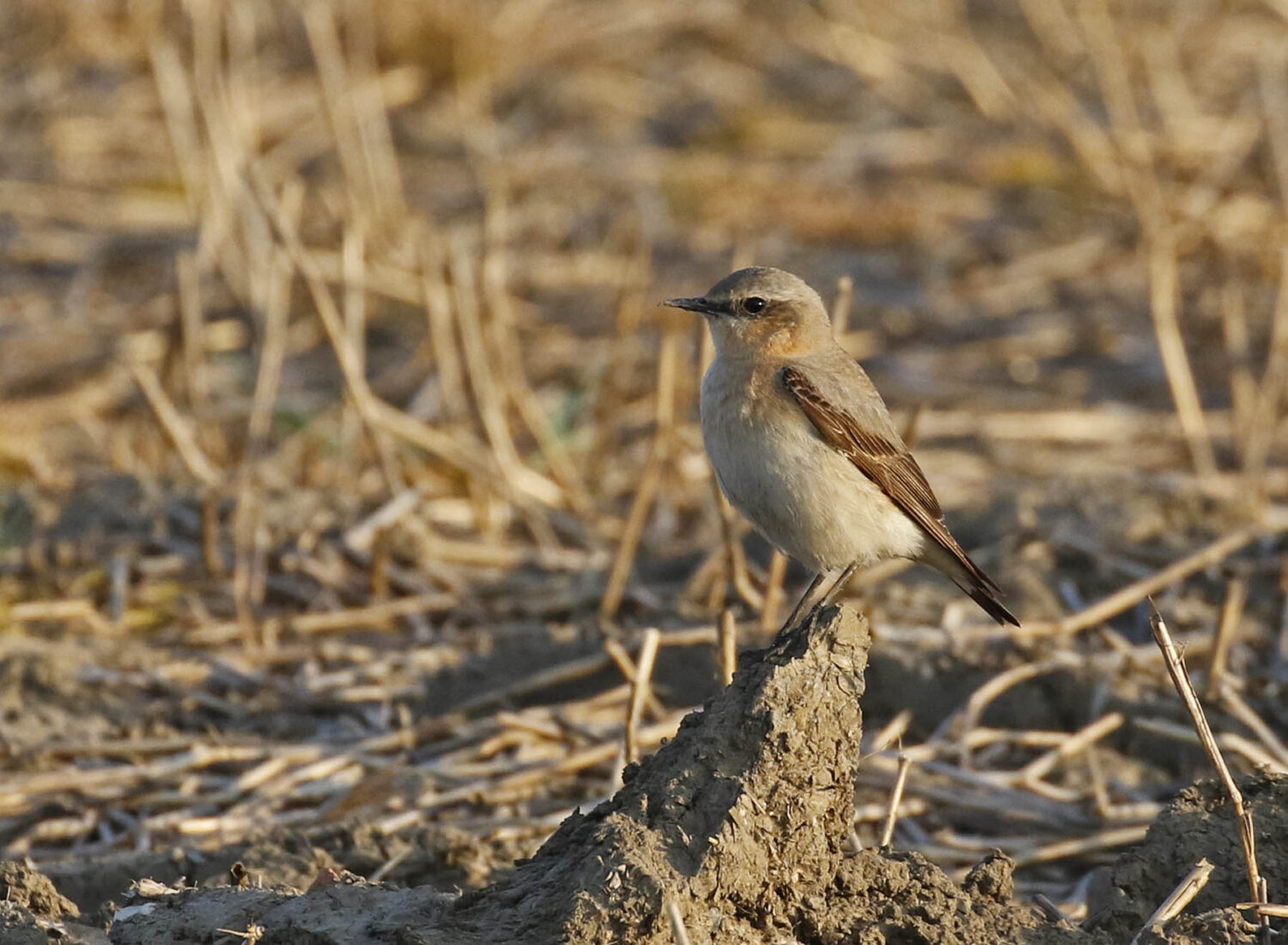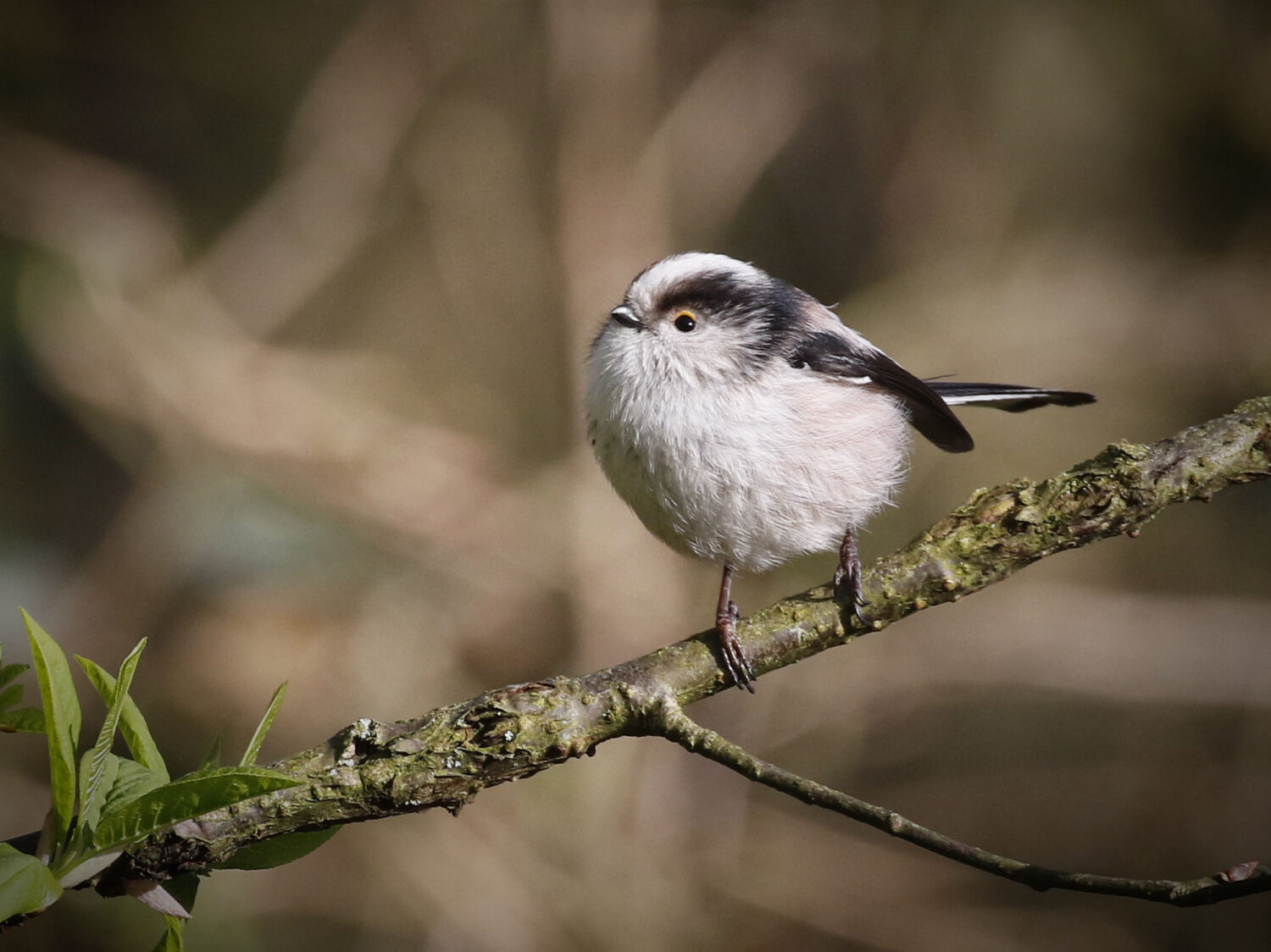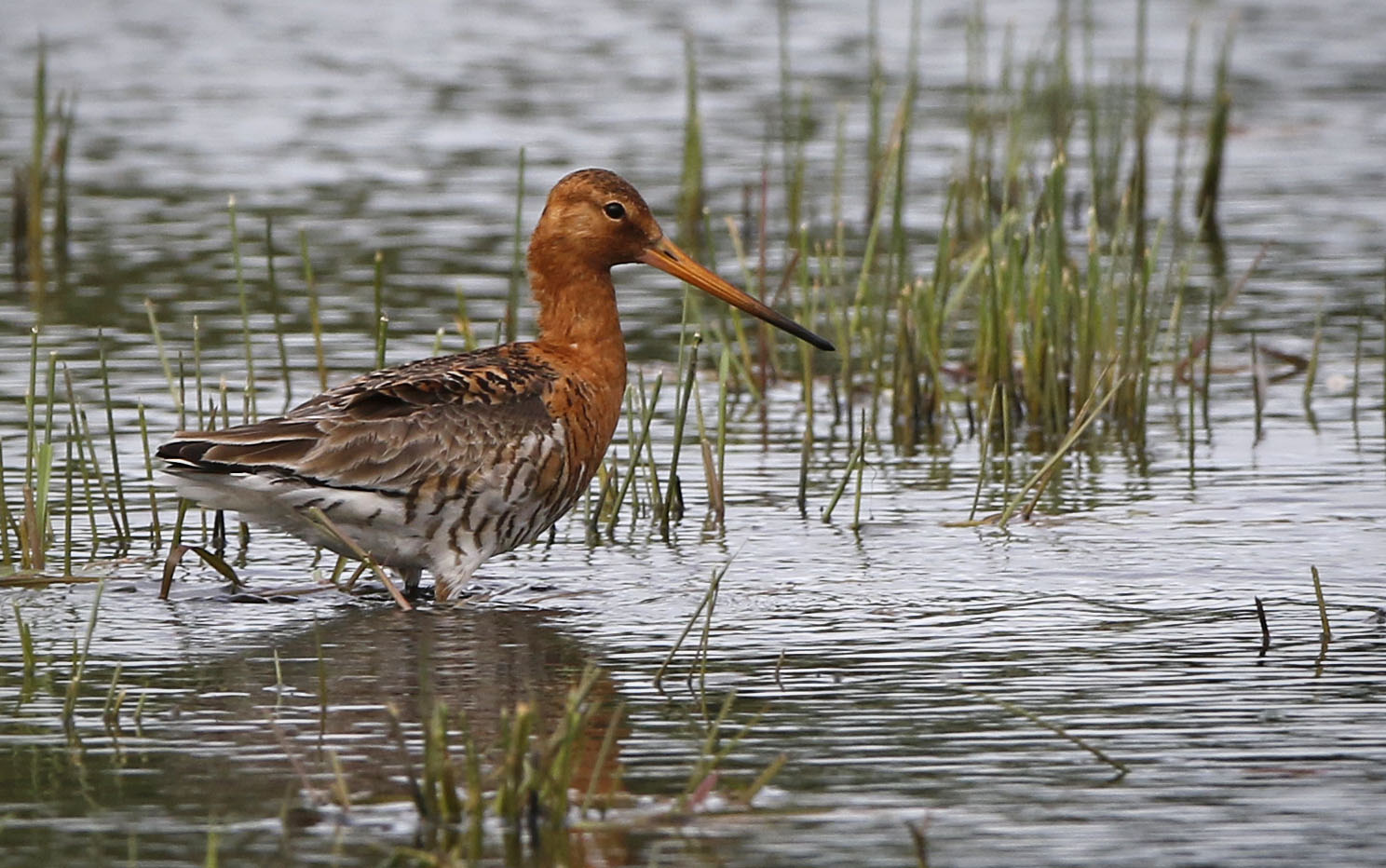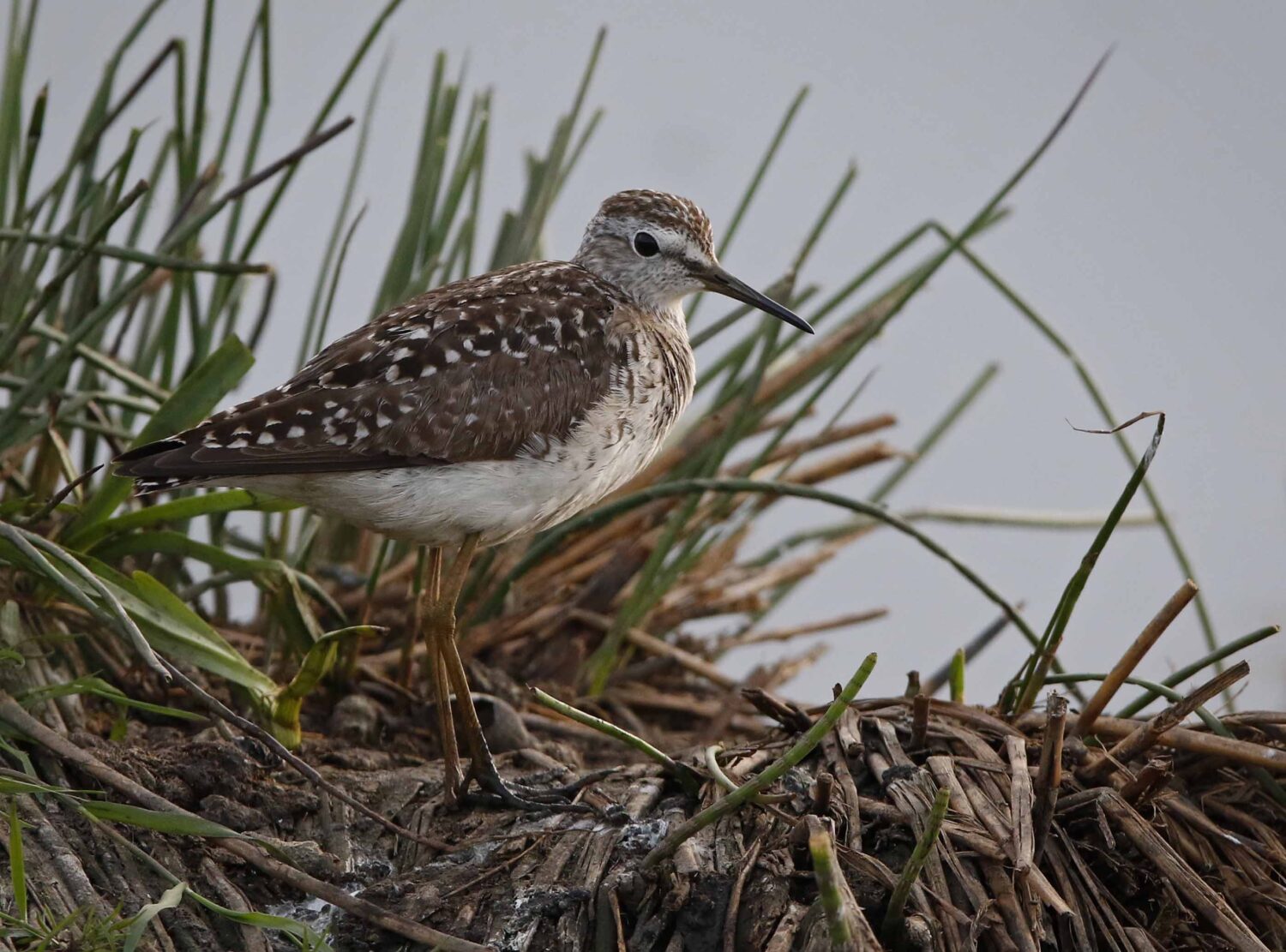For local naturalist, Mike Carr, lockdown provided the opportunity to study and enjoy nature close to home in Gosforth.
Growing up in Gosforth Garden Village I spent my childhood exploring the woods and ponds between my house and Gosforth Nature Reserve. Nothing unusual in those days as that was what kids did then. Many heady memories were forged as I found my first tawny owl nests and sussed out the calls of species such as great spotted woodpecker.
After studying in East Anglia and working in various far-flung parts of the world, I returned to Tyneside in the 1990s and settled once again in Gosforth Garden Village. This allowed me to explore my old local patch again. However, such forays rarely involved more than casual observations.
With the advent of lockdown, my previously casual attitude was replaced with an ardent vigour. In order to balance the loss of my ability to bird my favourite haunts such as Holy Island and the Cheviots, I decided to keep a Lockdown bird list for my local patch.
This meant targeting certain areas for specific species. Many hours were spent at the patch’s north west frontier viewing the racecourse through its security fence in the hope of picking up green woodpecker, yellowhammer and migrants such as wheatear and ring ouzel. Similar forays were made to seek out grey partridge and lesser whitethroat along Salter’s Lane.
The majority of searching, however, took place around Gosforth Subsidence Pond and in the adjacent field that abuts Gosforth Nature Reserve. Not only did the pond generate waterbirds including occasional waders but the area afforded good views of the airspace over the reserve’s lake plus the field allowed aural access to the reserve’s vocal birds. With the reserve closed due to Covid, the latter tactic took me back to my childhood before I’d joined the NHSN when the ‘Bird Sanc’ was ‘out of bounds’.
Covid protocols found me working from home and thanks to the wonderful weather during the initial lockdown, my office became the table in our back garden. With the garden considered to be part of the patch, such a positive alignment of stars grossly boosted the potential for adding species.
As Covid restrictions have waxed and waned through 2020, my lockdown list has morphed into a year list for the patch. Despite considerable distractions by the brighter birding lights of Holy Island at the end of spring and during the autumn, my efforts to find new birds on the local patch were sustained.
The most recent additions were a water pipit on 9th December, a totally new and unexpected species for the patch and a very last minute mealy redpoll on New Year’s Eve which brought the patch year list up to 129 species.
It’s hard to pick out highlights as there were so many but ones that particularly jump out are nocturnal common scoter calling on migration, a northward bound osprey in the spring, a southward bound snow bunting in the autumn, the water pipit and for sheer bizarre quality, a drake mandarin duck.
